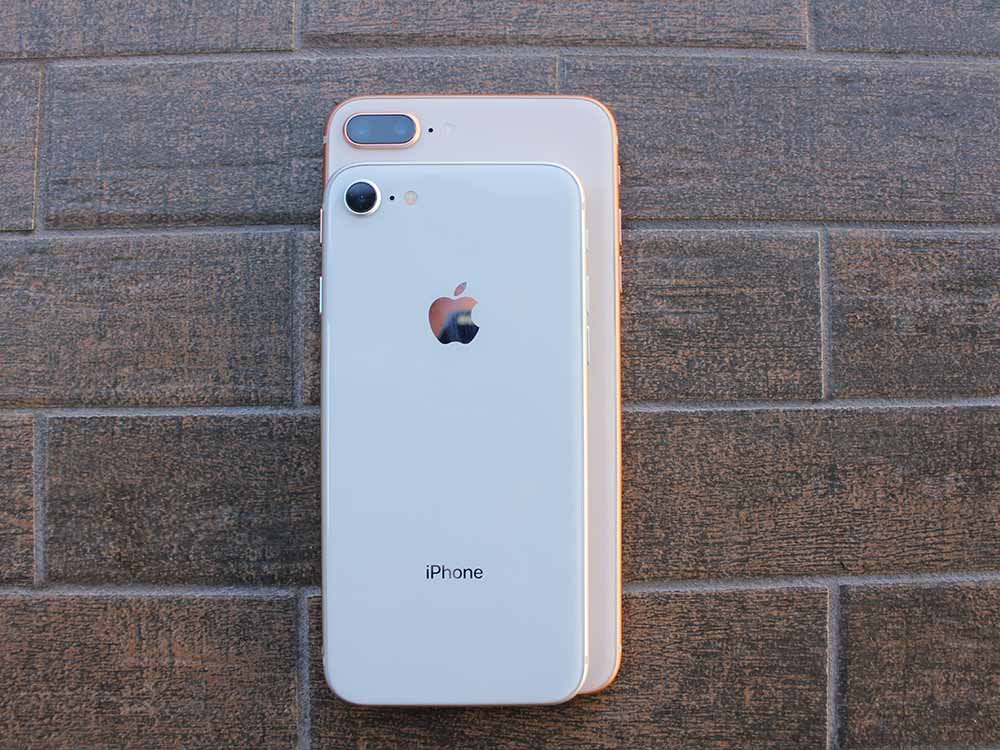iPhone 8 (2017) – A Leap Forward in Smartphone Innovation
The iPhone 8, released in 2017, marked another milestone in Apple’s iconic smartphone lineup. This highly anticipated device arrived with a range of new features, design upgrades, and improved performance, solidifying its position as a leader in the competitive smartphone market.
Design and Build
The iPhone 8 retained the familiar design language introduced with the iPhone 6 in 2014, featuring a sleek aluminum and glass body. However, this time, Apple utilized a more durable aerospace-grade aluminum frame with a glass back. The glass back served a dual purpose, enabling wireless charging and lending a premium feel to the device.
Available in three colors – silver, space gray, and gold – the iPhone 8 boasted the classic iPhone appearance. It retained its water and dust resistance, with an IP67 rating, ensuring durability in various conditions.
Display and Performance
The iPhone 8 featured a 4.7-inch Retina HD display with True Tone technology, offering accurate color reproduction and automatic white balance adjustment based on ambient light. While the size and resolution of the display remained consistent with its predecessor, the device’s performance received a significant boost.
Powered by the A11 Bionic chip with a six-core CPU and a custom GPU, the iPhone 8 delivered impressive speed and efficiency. This chip not only improved overall performance but also enhanced the device’s capabilities in augmented reality (AR) applications, a key focus for Apple.
Camera and Photography
The iPhone 8 maintained its reputation for high-quality photography. It featured a 12-megapixel rear camera with optical image stabilization and an improved image signal processor. The camera also had faster autofocus, better low-light performance, and support for 4K video recording at 60 frames per second.
One standout feature was the introduction of Portrait Lighting, allowing users to apply various lighting effects to portrait photos, creating professional-looking images. The front-facing camera was a 7-megapixel sensor, also capable of capturing impressive selfies.
Wireless Charging and iOS 11
One of the most significant upgrades in the iPhone 8 was the introduction of wireless charging. It utilized the Qi wireless charging standard, enabling users to charge their devices by simply placing them on compatible charging pads. This feature represented a step toward a cable-free future for smartphones.
Running on iOS 11, the iPhone 8 brought numerous software enhancements, including a redesigned Control Center, improved Siri capabilities, and enhanced multitasking on the iPad. It also supported augmented reality applications, opening up new possibilities for gaming and productivity.
In conclusion, the iPhone 8 (2017) was a testament to Apple’s commitment to continuous innovation in the smartphone industry. Its blend of premium design, improved performance, advanced photography features, wireless charging, and AR capabilities made it a compelling choice for users seeking a reliable and feature-rich smartphone experience.











